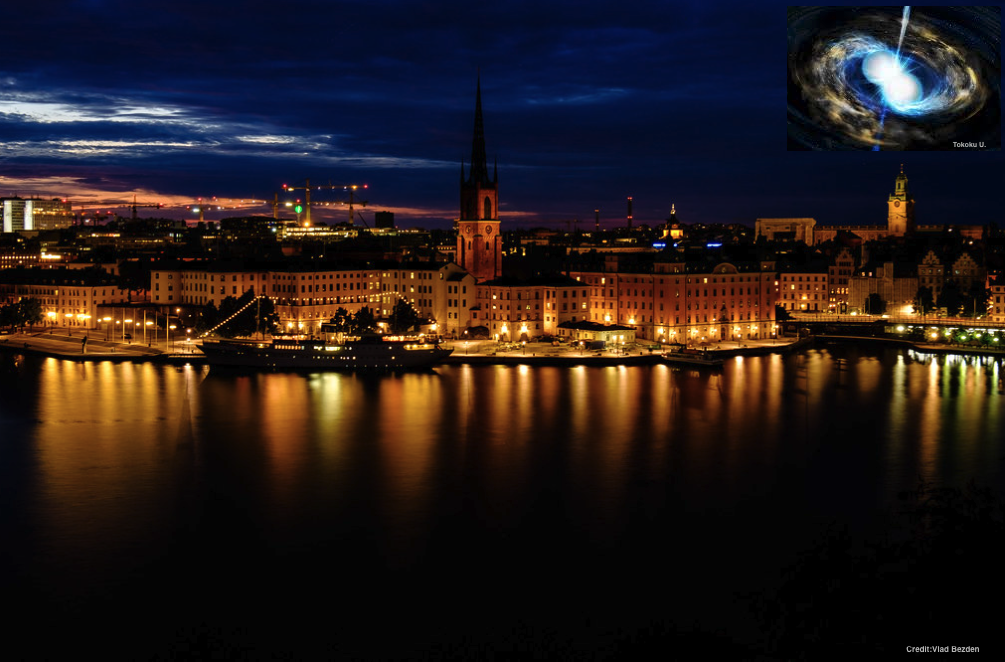Speaker
Description
The detection of an electromagnetic counterpart to the gravitational-wave source GW 170817 marked year zero of the multi-messenger gravitational-wave era. This event was generated by the coalescence of two neutron stars and gave rise to an electromagnetic transient, dubbed a “kilonova”, powered by the radioactive decay of heavy (r-process) nuclei synthesised during the merger. In this talk, I will show how radiative transfer simulations can illuminate neutron star mergers and provide a connection between numerical models of neutron star mergers and observational data. I will present the 3D Monte Carlo radiative transfer code POSSIS and show how viewing-angle dependent predictions - such as spectra, light curves and polarization - of kilonovae can be used to interpret data, place constraints on models and guide future follow-up campaigns of gravitational-wave events.

